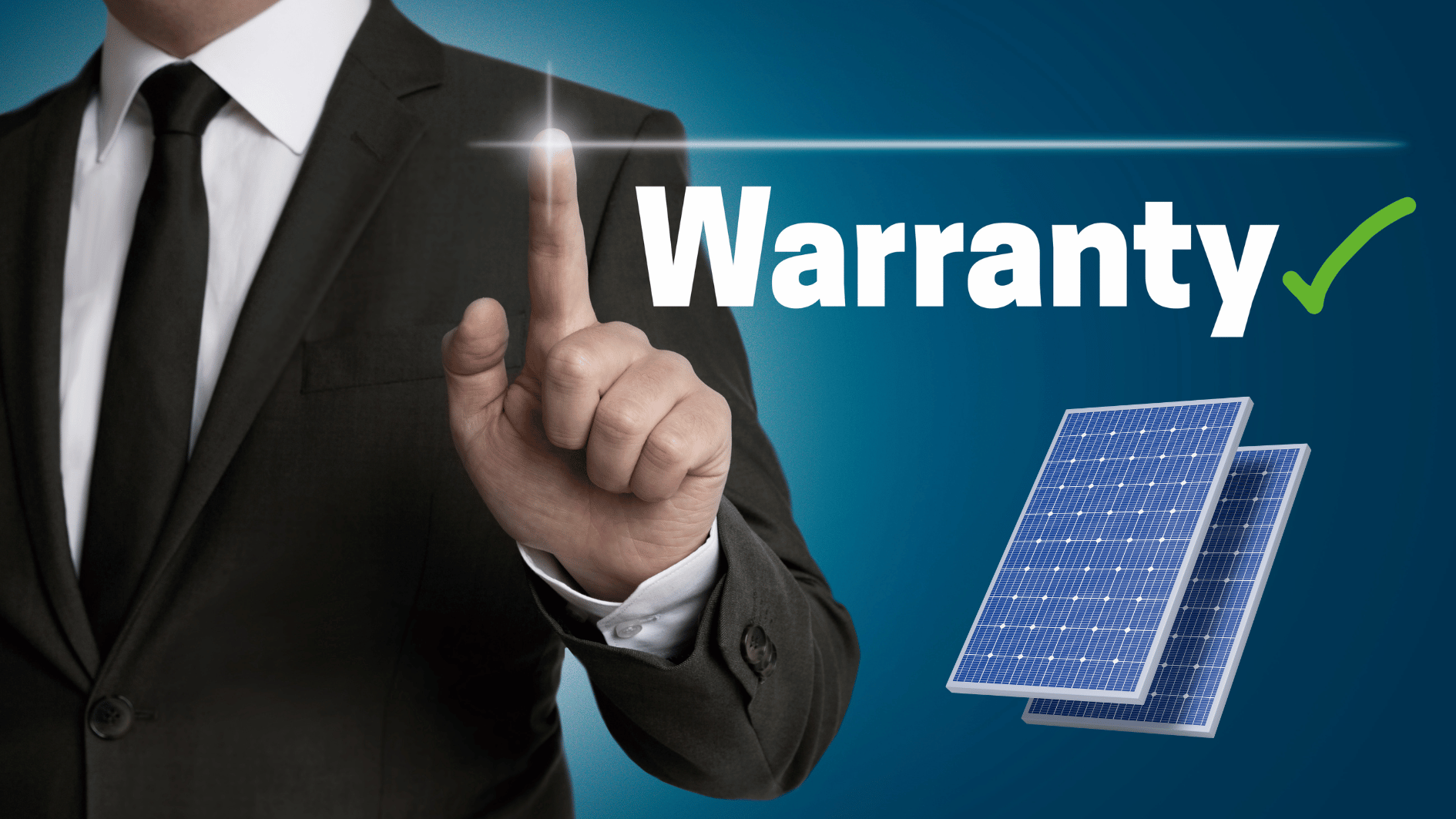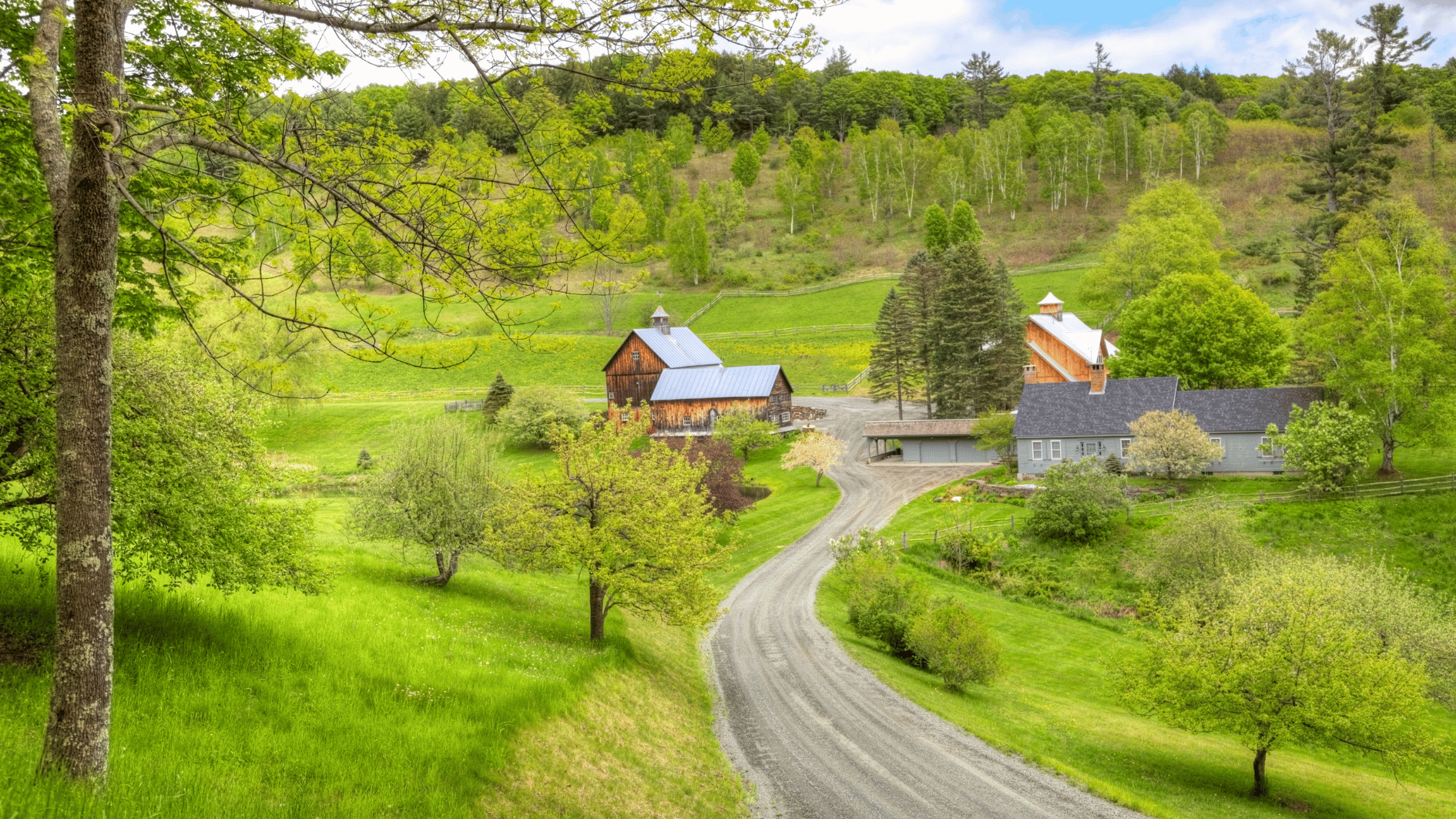Image source: Canva.com
Solar panels are highly reliable and need very little upkeep. Usually, the only maintenance required is occasional cleaning, as they have no moving parts. However, like any product, they can sometimes fail or underperform due to defects in materials or manufacturing, though this is rare. Lower-cost panels are more likely to have issues due to cost-cutting, while higher-quality brands generally have fewer problems. Over time, it’s normal for solar panels to lose a small amount of efficiency as they age. They are built to withstand tough weather conditions like heat, humidity, storms, and even salty air near the coast. Most panels come with warranties – typically a 10-year warranty for defects and a 25-year warranty for performance.

Solar Panel Warranty Explained: Tips and Tricks
Common Solar Panel Problems and Gradual Decline
Over a 25-year lifespan, it’s normal for solar panels to lose a bit of efficiency each year. Occasionally, panels might face other issues caused by damage or manufacturing defects. Rarely, severe weather events like hail can crack the glass. Here are six common problems:
- Light-Induced Degradation (LID): A small, gradual drop in efficiency (0.25%-0.7% per year) due to exposure to sunlight.
- Potential Induced Degradation (PID): Caused by voltage leakage, leading to reduced performance over time.
- General Degradation: Problems like moisture or poor manufacturing can cause early failures.
- Light and Elevated Temperature Induced Degradation (LeTID): Sudden drops in performance (up to 6%) caused by heat and sunlight.
- Micro-Cracks and Hot Spots: Small cracks in the panels can disrupt energy flow and create overheating.
- Failed Bypass Diodes: Issues caused by shading, which can lead to overheating and damage.

Gradual Efficiency Loss in Solar Panels
When solar panels are first used, they may lose 2%-3% of their efficiency within the first few hundred hours of sunlight exposure. This is a normal process called “power stabilization.” After the first year, the efficiency loss slows to about 0.3%-0.6% per year. Some high-quality panels degrade even less, around 0.25% per year.
Manufacturers often account for this initial drop by slightly overrating the panel’s capacity. For example, a panel labeled 350W might briefly produce up to 368W during testing.
Specific Issues with Solar Panels

Potential Induced Degradation (PID)
Often occurs 5-10 years after installation due to voltage, heat, or humidity. This problem is more common in large solar farms with high-voltage systems but less likely in residential setups. PID can be reduced with better materials and advanced inverters.

General Degradation
Substandard materials or poor quality control can cause the protective layers on panels to break down, leading to moisture damage or corrosion.

Light and Elevated Temperature Induced Degradation (LeTID)
This issue affects certain types of panels, causing larger drops in performance than LID.

Micro-Cracks and Hot Spots
Tiny cracks can form from mishandling or extreme weather. These cracks can cause hot spots that overheat and damage the panel.

Failed Bypass Diodes
Shading on the panels can overwork bypass diodes, leading to failure. Heavy shading increases this risk, and repairing these diodes may require specialized testing.

Troubleshooting Solar Panel Issues
If you notice a drop in your solar panel performance, here’s what you can do:

Inspect the Panels
Check for visible damage or dirt. Cleaning them with water and a soft brush may fix the problem.

Monitor Performance
Use your system’s app or platform to compare current power output to past performance. Seasonal changes and weather may also impact production.

Check the Inverter
Look for error messages or warning lights on your inverter, and ensure the circuit breaker hasn’t tripped.
By addressing these issues early, you can ensure your solar panels continue to perform effectively for many years.





